Advanced segment tracking
Chapter 1: Advanced segment trackingTracking segments during complex motions can be challenging if the gesture in question results in marker […]
Chapter 1: Advanced segment trackingTracking segments during complex motions can be challenging if the gesture in question results in marker […]
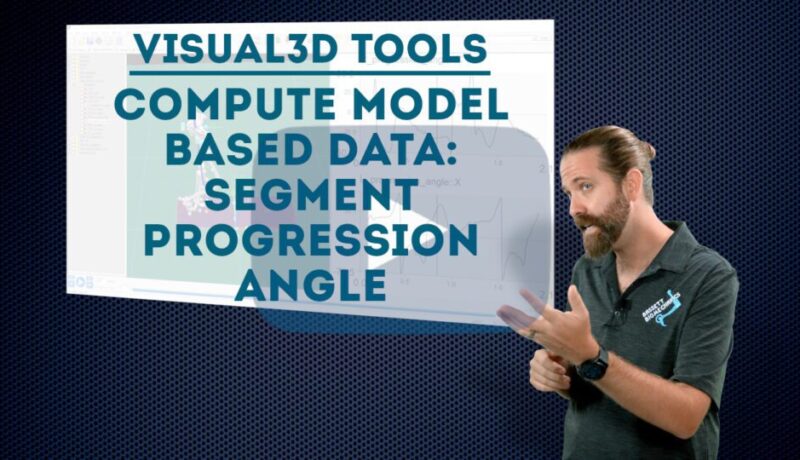
A somewhat rarely used Compute Model Based Data function is to calculate the segment progression angle. It is an interesting feature that can be used to obtain the angle between the foot and the longitudinal direction of motion.
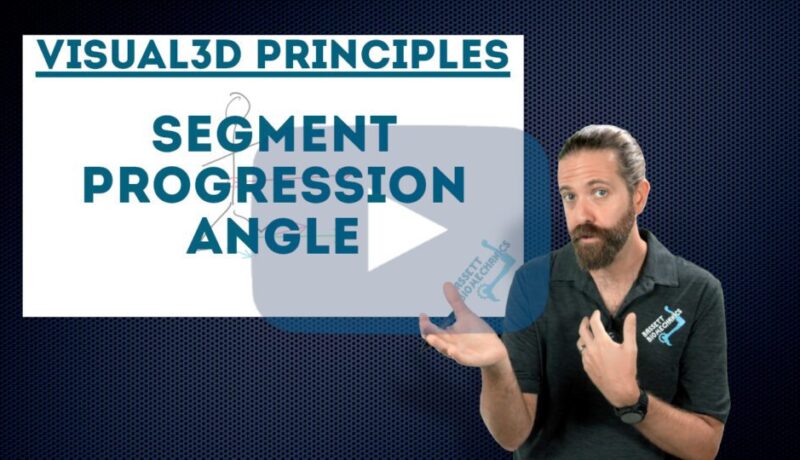
Segment progression angle is an interesting method of calculating the angle between a segment and the direction of motion. Typically used for foot kinematics, but could be useful in other ways.
Visual3D Expert BuilderModel Unit 4 Chapter 1: Dynamically rotating virtual lab The global coordinate system is a very useful reference, […]
Visual3D Expert BuilderModel Unit 3 Chapter 2: Ankle angle offset & parallel line concept The ankle angle offset is important […]
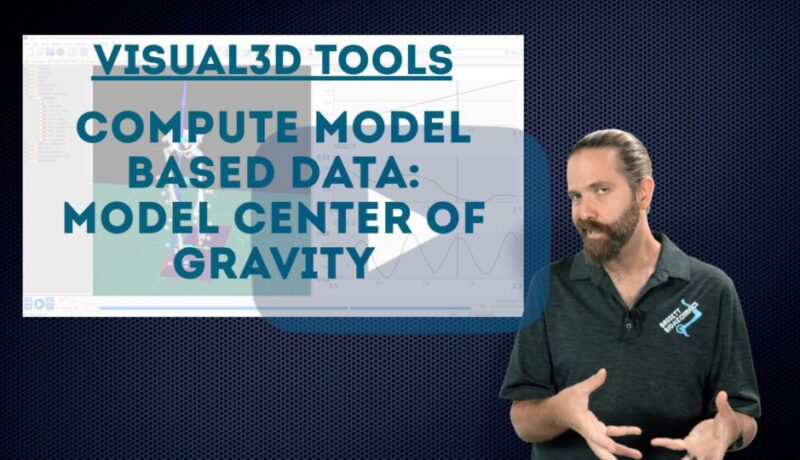
The model center of gravity is a Compute Model Based Data calculation that gives an estimate of the center of gravity based on the biomechanical model in Visual3D.

The center of gravity could be a key data point for a project you are working on, or possibly, a stepping stone to calculate another piece of information. In this tutorial, we explain what a model center of gravity is, and how it is calculated in Visual3D.
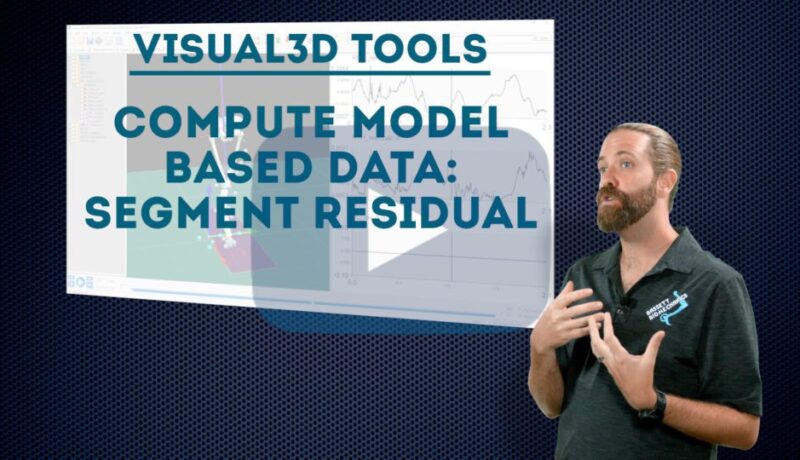
The segment residual is a very useful tool to evaluate the quality of the fit of a segment’s tracking to the markers used for it. Compute Model Based Data gives the option to obtain the segment residual for any segment included in the biomechanical model.
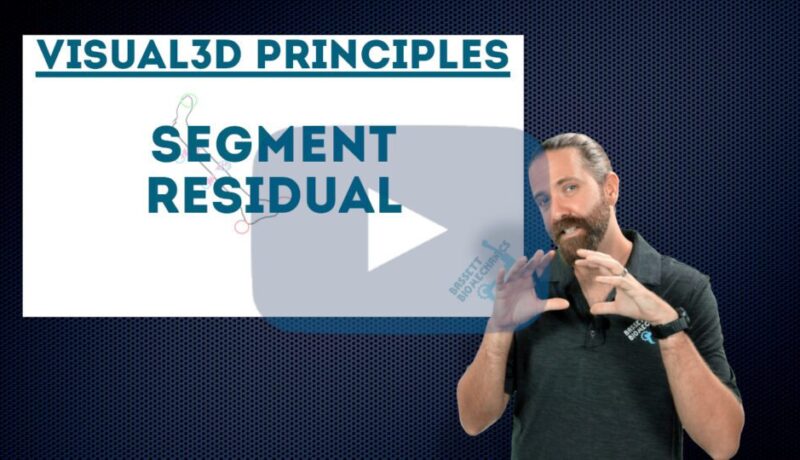
An often overlooked fact in motion capture, is that segment position is based on the best estimation from marker locations. Of course, due to soft tissue artifacts, the fit of the segment tracking may change throughout the motion. Although, this may not be the type of data you would report to patients or subjects, it could be a valuable piece of information to evaluate the quality of your data.
Chapter 3: Tracking Joint LandmarksJoint landmarks can be very useful references to be used in a variety of ways, regardless […]